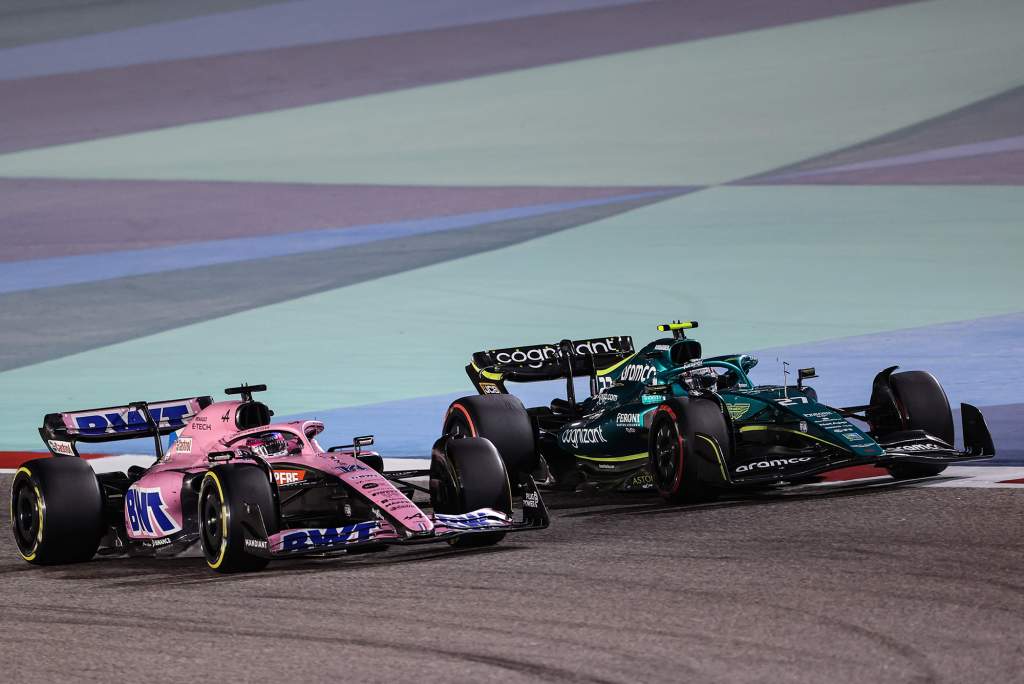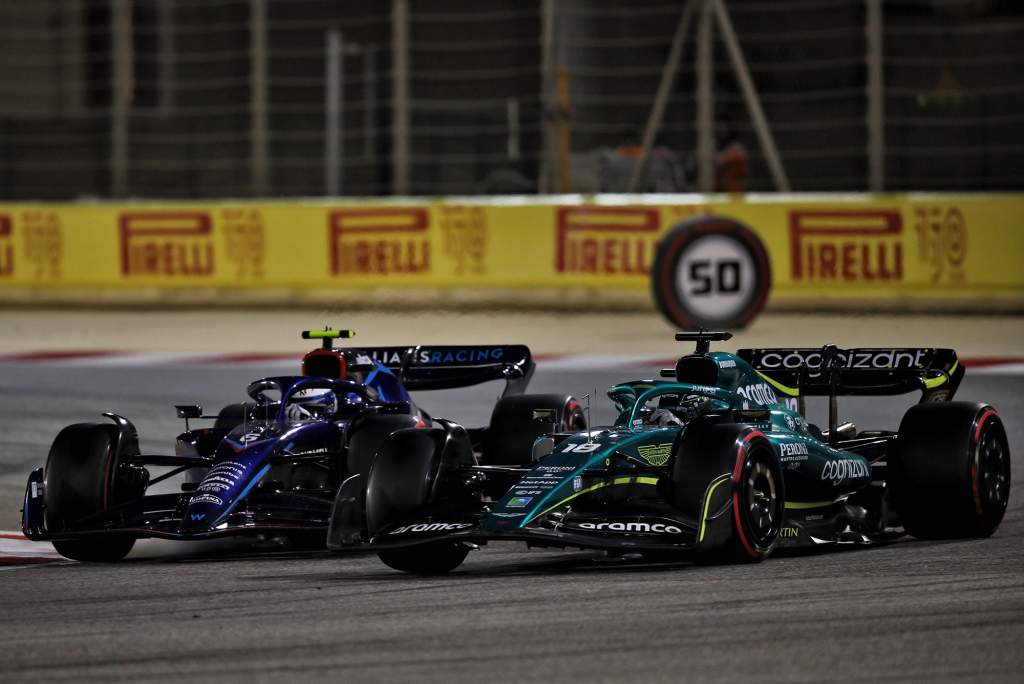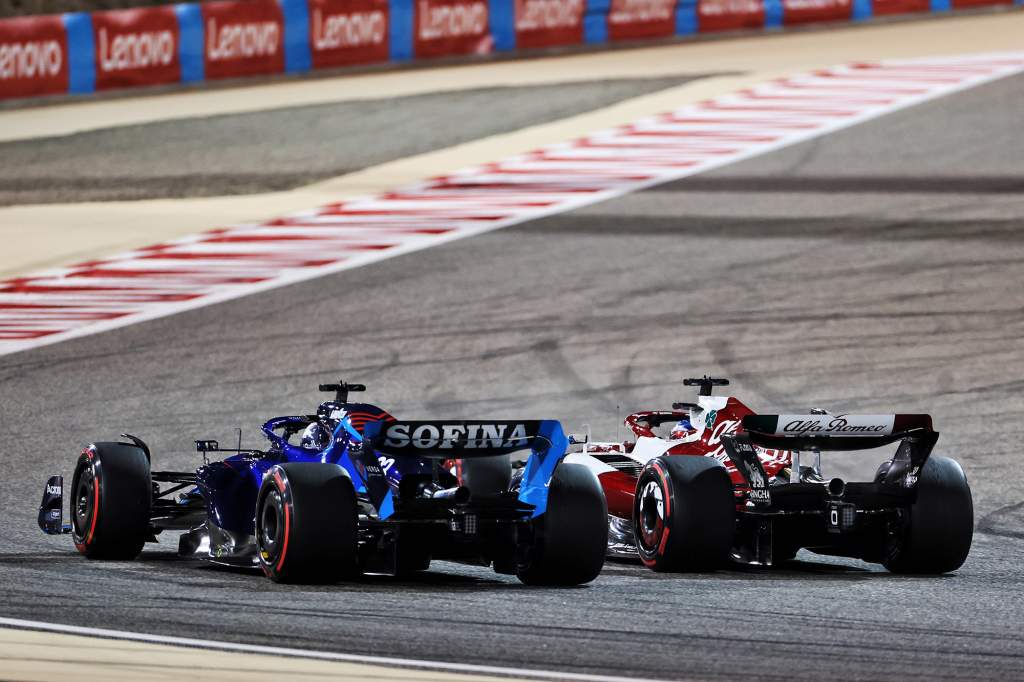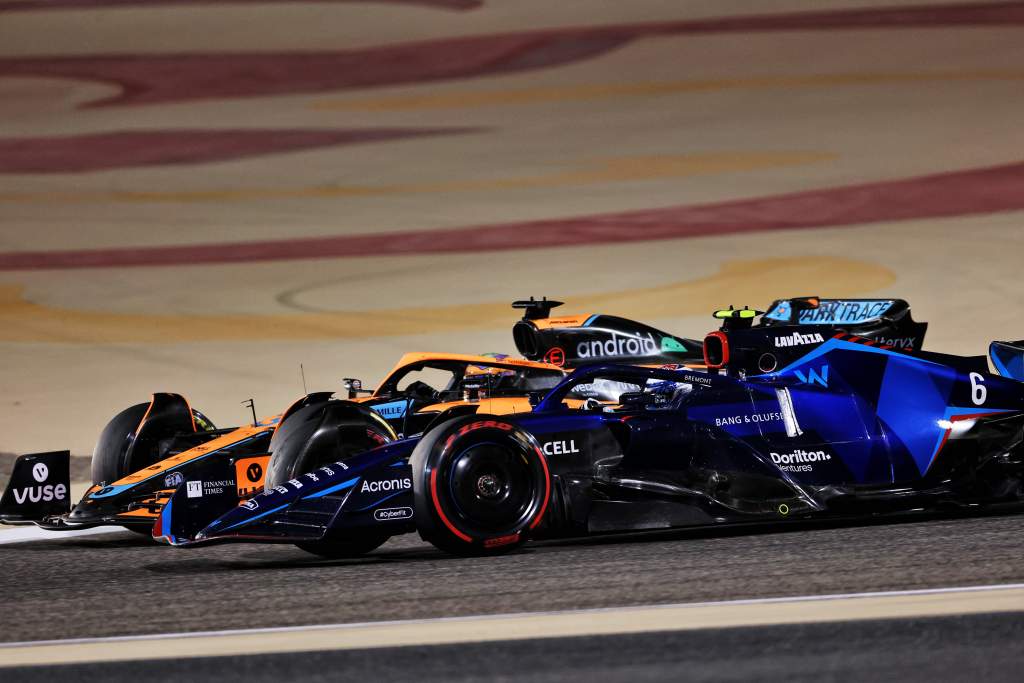Up Next

As far as endorsements of a Formula 1 rules revolution designed to increase overtaking go, world champion Max Verstappen and his likely main 2022 rival Charles Leclerc passing and repassing each other for the lead on three successive laps in the Bahrain Grand Prix was as good as the new era’s creators could have hoped for.
But that dice – brilliant as it was – gave a misleading picture. Looked at sceptically, it was just yet another set of DRS passes: Leclerc positioning himself to get DRS back on Verstappen to retaliate at Turn 4 once he knew the Red Bull would be past at Turn 1.
Maybe it was easier to get in that DRS range in the first place because cars could follow each other better. But if you really, really wanted to be sceptical, you could say that F1’s torn its rulebook up and the outcome is it’s even easier to make a DRS pass.

And then the other contentious factor that made overtaking much more prevalent in the 2010s came into play, too – the Pirelli tyres.
“Cars did seem to be able to follow more closely and for longer – but eventually the abused tyres would surrender and that sort of put a false ceiling on how well the aero worked,” wrote The Race’s Mark Hughes in his in-depth analysis of the Bahrain GP weekend.
“The new 18-inch Pirellis still need to be driven whole seconds off the pace to get a realistic stint length. They degrade even faster if you sit as close behind the following car as the new aero allows you to.
“They are supporting an even heavier car than before with far less suspension sophistication to help out, sustaining greater high-speed loadings, running on stiffer settings, and have a major aerodynamic porpoising acting upon them. Perhaps not all that surprising that they still struggle.”
As Mark has written before, there’s a much more nuanced story behind that situation than ‘Pirelli makes bad tyres’. Given the simultaneous constraints and expectations on it, Pirelli is working in a no-win scenario.

F1’s managing director of motorsport Ross Brawn disagreed that the tyres were still limiting the racing.
“They are not just having a go at each other for one lap and then they have to back off,” he insisted.
“There’s no backing off to save the tyres today. They were on top of each other the whole time.”
Irrespective of that take on the tyres’ effect, Fernando Alonso suggested the Pirellis were skewing the picture around overtaking in a different way.
“Following was definitely easier, we spotted already in the test that it was already easier to follow cars,” said the Alpine driver.
“The overtaking was still not as easy as it seems on TV.
“All the overtakes we saw today were because one car had two seconds more pace, newer tyres than others.
“I met cars that I was two seconds faster than and I overtook in a few corners, and I met also cars that were two seconds faster than me and they overtook me in two or three corners.
“The tyre is the biggest differentiating factor still, not the following.”
We should add that Alonso followed that with: “I know that it’s tempting to write conclusions after one race. It’s part of your job but I think we need to be calm and have more races.” And he’s especially right in this case because Sakhir is a particularly high=degradation circuit.

It’s impossible to make an objective judgement about overtaking because it’s about so much more than quantity (and unofficial stats suggest the amount of passing in Bahrain in 2022 was broadly the same as the 2021 race, just two more overtaking moves this year). Does a pass have to be without DRS, and not involving cars with big tyre performance differences, to really count as ‘proper’? Absolutely not.
But when assessing the effectiveness of a new set of changes designed to increase overtaking, the fact two previous attempts to fix that issue – DRS and big tyre differentials – still played a dominant part in the amount of passing blurs any answers to the question of whether the 2022 rule changes are paying off.
Let’s simplify the question, though. Regardless of whether a pass is completed because someone deployed DRS, because the car being overtaken was in tyre hell, or because the car ahead locked up and went wide, or because the pursuing driver deployed a piece of late-braking ultra-genius without DRS or a tyre advantage, the 2022 rules were just supposed to make all those scenarios became more possible by reducing the impact of dirty air on cars following each other.
On that front, they’re working.
“Following is a lot better, it’s so much better and I think this way of racing is a lot more fun and rewarding,” said Haas’s returnee Kevin Magnussen.
“I don’t know if it’s too easy to overtake. I think you can certainly follow a lot better, but the slipstream effect is a lot less.

“So if you just go on your own then the DRS effect is bigger than it was last year, but when you’re trying to overtake someone you catch them slower than you did in the past because the slipstream effect is so much less.”
As Esteban Ocon put it, the impact on turbulence is somewhere between ‘better enough’ and truly game-changing.
“It’s a step forward in terms of how easily you can follow but it’s still not perfect,” said the Alpine driver.
“You still slow down once you’re close to the car in front, but it’s five times, 10 times better than last year of course.
“At one second or 1.5s, you almost don’t feel the car [ahead’s turbulence] anymore. It’s when you get a bit closer that you feel it.
“Last year, at five seconds you could already feel the car in front so a big difference.”
Most encouragingly, Brawn sees the 2022 package as just step one.
“We’ve shown that the raceability of the car has to be a strong consideration going forward,” he said.
“It’s not just one solution then we stop.
“We need to keep this process up. We need to keep working at understanding how we can make great racing cars and continue the development in that direction.”





